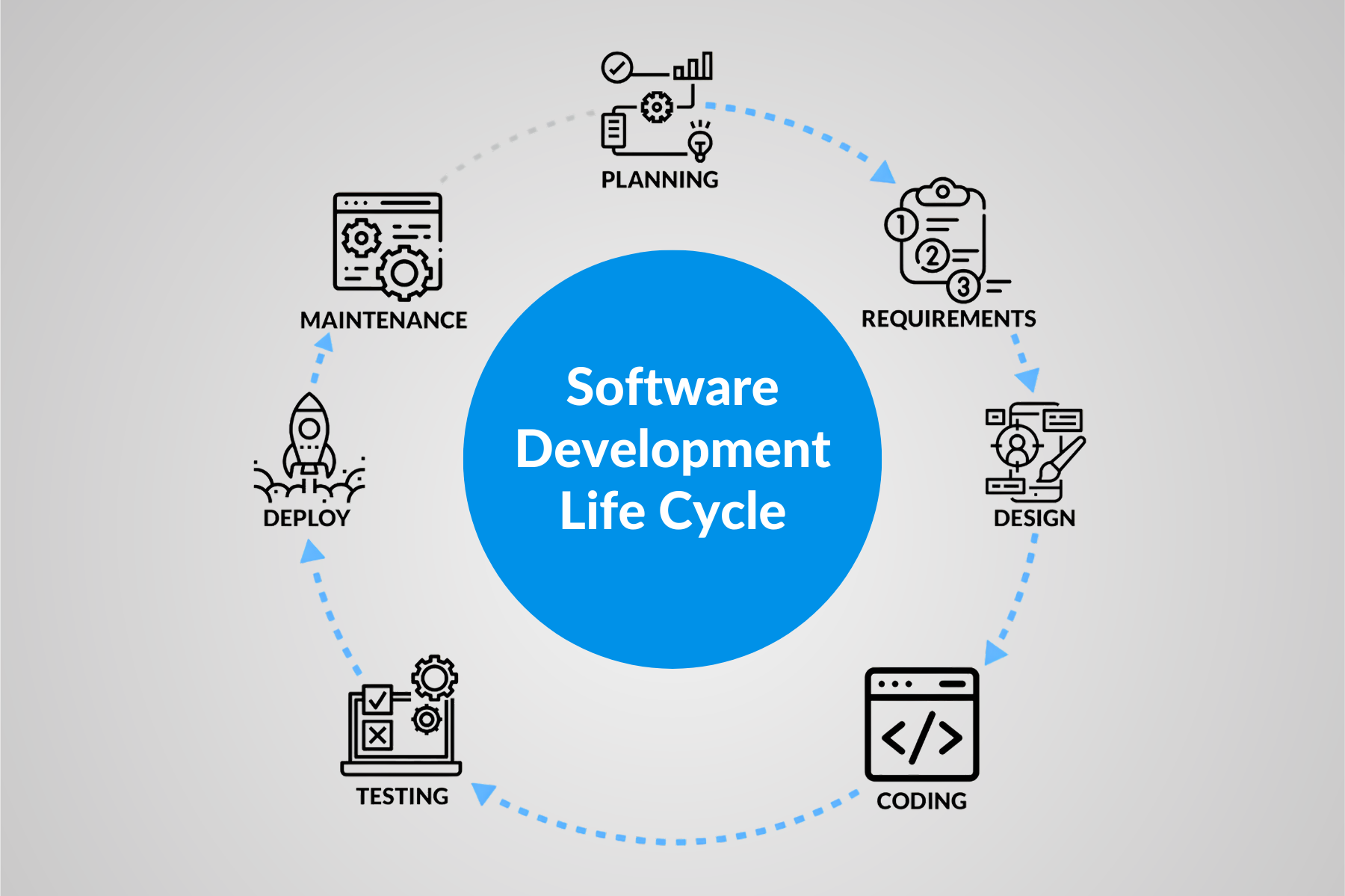Best Practices for Handling Thread Deadlocks and Livelocks

- September 30, 2024
- admin
Improving a program’s performance requires operating multiple threads simultaneously. But while that’s completely normal when you work for a software testing company, multi-threading also comes with a few issues.
These include livelocks and deadlocks. While they may be a bit scary when you’re just starting software testing, there are ways to handle them.
In this article, we will look at several ways to deal with thread deadlocks and livelocks, so let’s get started!
What Are Livelocks and Deadlocks?
Livelocks involve two or more threads that keep sending states between one another. They are not blocked, but they keep changing their status.
Let’s imagine we have threads X and Y, each trying to join a critical section. However, they are both trying to be polite, give access to the other one, and see if the other thread is also waiting.
Then, they end up waiting forever, without any of them being able to get into the critical section.
On the other hand, deadlocks occur when two or more threads keep locks on resources they both share, but they wait for the other to release the lock.
For instance, one thread has a lock on object A and wants to get to object B. Simultaneously, the second thread has a lock on object B and wants to access object A.
Unless the other thread releases the lock, both are stopped from accessing the objects.
Can You Prevent Deadlocks and Livelocks?
Many functional testing companies are trying to avoid deadlocks and livelocks, and the good news is that this can be achieved. To be able to do it, they follow the best Java concurrency techniques.
They use tools such as wait-free and lock-free algorithms and deadlock and livelock detection programs. By employing the same practices, you can deal with livelocks and deadlocks before they have the chance to cause trouble.
Detecting and Solving Livelocks and Deadlocks
Different tools help platform testing services to detect deadlock and livelock. Some of these include jstack or visualvm. They tell you everything about the threads, including their states, locks, etc. However, that is not the only way to detect them.
Utilizing watchdogs, interrupts, or timeouts is another excellent method to use. They trigger an action or exception when specific threads take too much to get a lock or finish a task.
If you’re experiencing threads with livelocks and deadlocks, here is what you can do to debug them:
- Use a debugging tool. Compare your options and choose a good application to do the job.
- Attach the tool to a Java process to step, inspect, pause, or resume the threads, their stack traces, locks, and variables.
- Take advantage of conditional expressions, watchpoints, or breakpoints. This lets you control the execution flow and see the threads’ state.
- Use special logging tools to record the threads’ actions and events. They will make sure you find the leading cause of the issue.
Final Thoughts
Deadlocks and livelocks can be prevented. This may be achieved by using detection tools or lock-free/wait-free algorithms.
If you experience deadlock or livelock during your platform testing services, you can employ a debugging tool that you attach to a Java process to pause, resume, or analyze.
Logging tools will also help detect the actions and events of the threads. Just make sure you examine your options and choose the right debugging and logging software.











